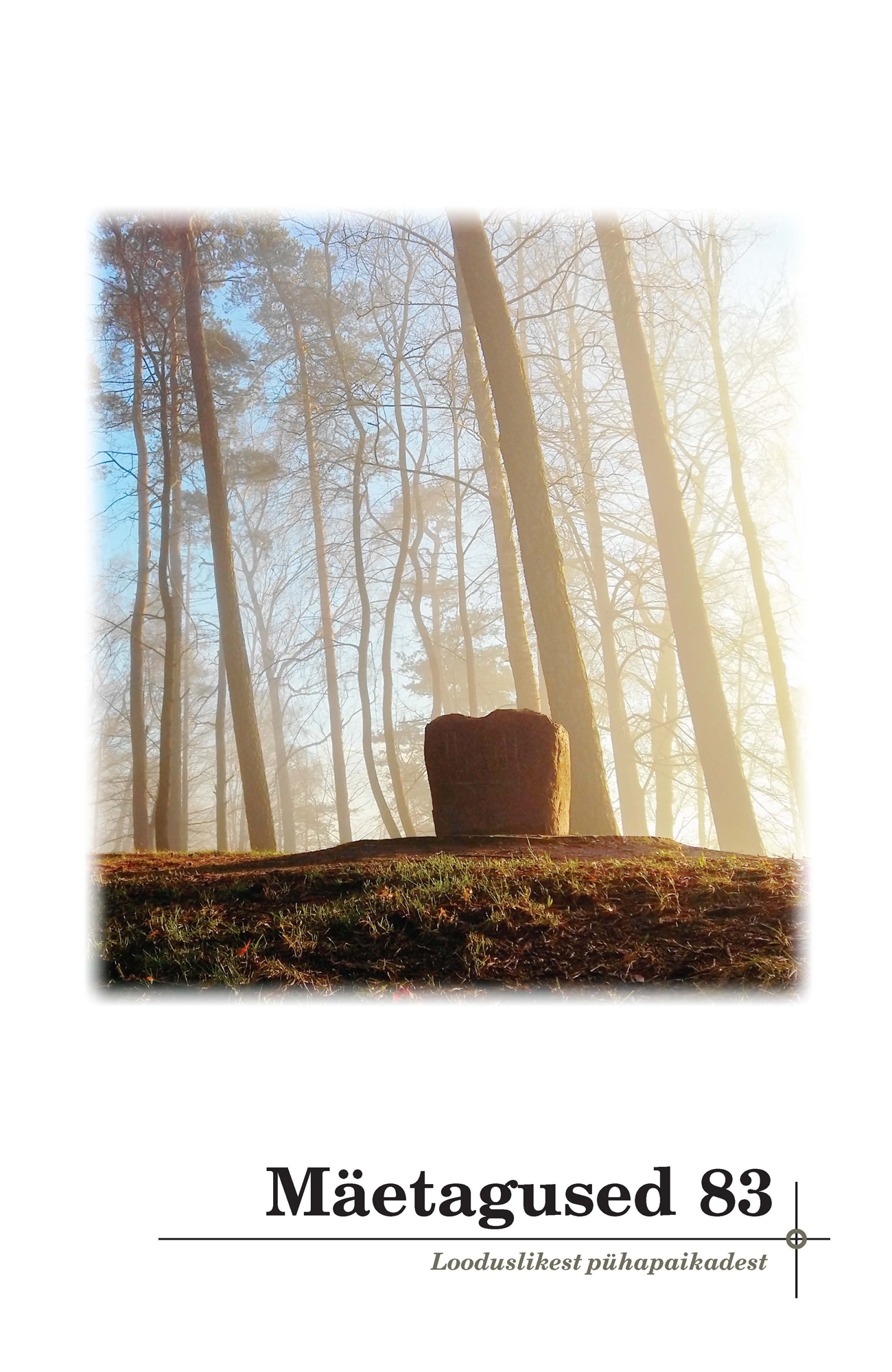Eesti ajalooliste looduslike pühapaikade inventuurist ja kaitsest 2022. aastal
State of inventory and protection of Estonian natural sacred sites in 2022
Author(s): Pikne KamaSubject(s): Customs / Folklore, Cultural Anthropology / Ethnology, Culture and social structure
Published by: Eesti Kirjandusmuuseum
Keywords: sacred natural sites; heritage protection; inventory of sacred natural sites; place heritage; landscape;
Summary/Abstract: The article gives a short overview about the progress in the inventory of natural sacred sites in Estonia and describes developments in the protection of these sites. Inventory of natural sacred sites means locating and detailed description of holy sites in nature. Inventory begins in archives where all the information about the areas of sacred natural sites is searched and combined. There are plenty of folklore notes about, for example, offering stones, holy groves or springs with healing water, but often the exact location and their state is unknown. The second phase of inventory is fieldwork, where sacred sites are being searched in landscape – and if this is successful, are described and the borders of a site are determined. Many sacred sites described in archive texts unfortunately have not survived due to natural causes or human activity. Important is the help and knowledge of local people, who may pass on information about sacred sites in the area and can help with finding them. By the beginning of 2022 approximately half of Estonia’s territory had been inventoried and this work still continues. Based on the reports, it has been suggested to take 193 sites under state protection. In 2019 a new type of cultural monuments was established in the Heritage Conservation Act – “historical natural sacred site”. Previously these sites were protected as archaeological monuments although sacred sites may not contain any archaeological finds. Currently there are 557 natural sacred sites under heritage protection; in addition, around 90 sacred sites are under nature protection. Recently 15 cross-tree forests and one offering site have been taken under state protection. Definitely there is a long way to go, but having an overview of all Estonian sacred sites on the basis of inventories gives an opportunity to apply state production to the sites that are most valuable or in most danger.
Journal: Mäetagused. Hüperajakiri
- Issue Year: 2022
- Issue No: 83
- Page Range: 211-218
- Page Count: 8
- Language: Estonian

